I am an telecommunications engineer who is working now as a programmer. At university we took a class on digital filters, Laplace transformation and working in the frequency and time domain. At the time, no one told us what is the practicals that we can do and benefit from the course as we've been working with Math all time.
After 2 years I read an artical that this course is an integral part of control system engineering and remembered that I loved the course and pass it with A+ grade. So I decided to start learning deep with it and make a project at the end and apply for jobs in this domain.
I bought Norman S. Nise book: Control System engineering 6th edition. I was afraid to not study it after seeing the 800 pages of the book.
Luckily I got the courage to start with the first chapter and fully understand it. It was about the design and analysis process. And the exercises was about building a block diagrams.
An exercise was about the following:
A temperature control system operates by sensing the difference between the thermostat setting and the actual temperature and then opening a valve of fuel with an amount proportional to the error (or difference).
The following image represent the author solution, compared to mine. Does mine correct ? And in block diagram, there is only one solution for a control system design ?
The solutions:

